International Journal of Veterinary Science and Research
Aspergillosis in peacocks – Case Report
Edina Sesztáková1, Vladimír Vrabec1, Katarína Kuzyšinová1*, Ladislav Molnár1, Zuzana Ševčíková2 and Eva Čonková3
2Departmen of Morphologycal Disciplines, Univesity of Veterinary Medicine and Pharmacy in Košice, Komenského 73, 041 81 Košice, Slovak Republic
3Department of Pharmacology and Toxicology, Univesity of Veterinary Medicine and Pharmacy in Košice, Komenského 73, 041 81 Košice, Slovak Republic
Cite this as
Sesztáková E, Vrabec V, Kuzyšinová K, Molnár L, Ševčíková Z, et al. (2022) Aspergillosis in peacocks – Case Report. Int J Vet Sci Res 8(4): 148-150. DOI: 10.17352/ijvsr.000127Copyright License
© 2022 Sesztáková E, et al. This is an open-access article distributed under the terms of the Creative Commons Attribution License, which permits unrestricted use, distribution, and reproduction in any medium, provided the original author and source are credited.The work describes two cases of Indian peacocks (Pavo cristatus) originating from extensive breeding, in which pulmonary aspergillosis and aerosacculitis were diagnosed. A clinical examination revealed difficult breathing with an open beak, gradual apathy, decreased appetite, and weight loss in both affected individuals. During the endoscopic examination, a yellow, caseous mass was diagnosed in the area of the margo caudalis of the lung. Pathological autopsy in both cases revealed a granuloma in the area of the left lung parenchyma and aerosacculitis. Fungal hyphae were detected in the granulomas by pathological-histological examination, and Aspergillus fumigatus and Aspergillus parasiticus were diagnosed by mycological culture.
Introduction
Aspergillosis is the most frequently diagnosed systemic mycosis in birds, caused by fungi of the genus Aspergillus, the most important of which are Aspergillus fumigatus, A. flavus, but also A. niger, A. glaucus, and A. nidulans [1]. A. fumigatus is a ubiquitous opportunistic fungal pathogen that causes severe infections in both birds and mammals [1,2]. From avian species, it is described in burrowing and waterfowl, pigeons, peacocks, ostriches, parrots, raptors, and others [3-6].
Aspergillosis is characterized by exudative, necrotizing, or granulomatous processes, while the pathological process is localized mainly in the area of the lower respiratory tract, the so-called pulmonary aspergillosis, and in air sacs [2]. The disease occurs in acute or chronic form. The acute form mainly affects young or newly hatched individuals and is clinically manifested by difficulty breathing, cyanosis, apathy, and anorexia, which may end in a sudden exit. In the chronic course, three forms are described: 1. mycosis of the syrinx, tracheitis, and bronchitis (symptoms of obturation of the upper airways dominate - e.g. voice change, dyspnoea); 2. Localized granulomatous pneumonia and aerosacculitis; 3. invasive (generalized) form, in which damage to other tissues and organs occurs as a result of the dissemination of fungi through the hematogenous route (liver, kidneys, gonads, CNS and others) [5].
The presented work describes a clinical case of mycosis of the respiratory system in peacocks. This is an exemplary case of the mentioned disease with the presentation of clinical, laboratory, endoscopic, pathohistological, and mycological findings.
Materials and methods
Clinical examination of peacocks, collection of intra-vitam biological material, and pathological dissection was performed by methods commonly used in avian medicine [7]. Blood was collected from the ulnaris cutanea vein and its hematological examination was performed by the methods used in avian laboratory diagnostics. The total number of leukocytes and erythrocytes was determined by the Natt and Herrick method and the leukogram was evaluated microscopically at 100x magnification from a blood smear stained with Diff-Quick [8].
Endoscopic examination of peacocks (flexible endoscope, Storz - Endoscope, tele pack vet X LED) was performed under general inhalation anesthesia in isoflurane (Isofluran Piramal, sol. inh., Piramal Healthcare UK Ltd, GBR, induction dose 5 volume %, maintenance 2.5 – 3.5 volume %), while the animal was lying on the right side and the incision for the introduction of the endoscope was made on the left side behind the last rib.
During the pathological autopsy, samples were taken from the granuloma for histological examination in 4 % formalin. Histological preparations were stained with the hematoxylin-eosin method, for the diagnosis of tuberculosis, the preparation was stained according to Ziehl -Neelsen.
Saburad’s agar was used for mycological cultivation (laboratory temperature, 7 days).
Results
The patients were Indian blue peacocks (Pavo cristatus) with an average age of 3 years (2 males) from private extensive breeding. The animals were kept in an enclosure with grass, they had a brick, insulated “house” with bedding made of dry-cut straw. They were fed a homemade mixture of wheat, corn, vegetables, fruit, egg mixture, etc. Supplementary nutrition included probiotics.
In the anamnesis, the owner of the peacocks reported difficult breathing with an open beak, gradual apathy, whole-body weakness manifested by sitting on the metatarsals, and reduced appetite, while feed intake decreased gradually, two days before death the animals stopped taking feed completely. The live weight of the animals gradually decreased from the original average weight of 4.6 kg to 3.2 kg. Clinical examination revealed a slightly weakened breastbone (clinical manifestation of cachexia) and dyspnea. No discharge was observed from the nostrils. Laboratory blood examination showed leukopenia 19 G/l (Physiological norm 28.19 G/l), which had the character of lymphopenia 27 % (Physiological norm 80 %) and heterophilia 69 % (Physiological norm 17.3 %) [9]. During the endoscopic examination, a yellow, caseous mass was diagnosed in the area of the left margo caudalis of the lung. Due to the endoscopic findings, the peacock was given antifungal therapy - Iatrokonazolum 10 mg/kg body weight, twice a day, per os (Sporanox 10 mg/ml oral solution, Janssen-Cilag Ltd) and supportive (rehydration, probiotics, vitamins) therapy.
During treatment, both individuals died due to failure of the cardiovascular system. At the pathological dissection of the dead birds, weak musculature of the sternum was noted macroscopically, the caudal air sacs were hyperemic and dull. The mucous membrane of the trachea and bronchi was edematous, hyperemic, and covered with catarrhal exudate. Hydropericardium, dilatation of both atria and large vessels (cor pulmonale) (Figure 1), which were filled with cruor, and hepatomegaly were observed. The right lung tissue was hyperemic and edematous. Different-sized granulomas were present in the area of the left lung tissue in both individuals (Figures 2,3). Histological examination of the samples taken from the mentioned granulomas revealed lymphoepithelioid granulomas with central necrosis and the formation of giant multinucleated macrophages (Figure 4). Ziehl-Nielsen staining was negative (Figure 5) and Grocott staining detected fungal hyphae (Figure 6). Aspergillus fumigatus and Aspergillus parasiticus were diagnosed by mycological culture.
Discussion
Aspergillosis is a disease caused by a fungus of the genus Aspergillus spp., which is cosmopolitan in the environment, mainly in feed, bedding, etc [1]. Predisposing factors such as inappropriate animal hygiene conditions, stress, inadequate nutrition, or other diseases of the respiratory system, etc. [10]. Aspergillus fumigatus is considered one of the main respiratory pathogens in birds. The high susceptibility to aspergillosis of the mentioned species is due to their anatomical-physiological difference in the respiratory system, which is characterized by the existence of air sacs [2].
Aspergillosis was confirmed in the patients both histopathologically and by mycological culture. Tuberculosis was excluded in the differential diagnosis, given that the Ziehl-Nielsen staining of the sample taken was negative. These granulomas were not observed in organs other than the intestine, spleen, liver, and bone marrow, where tuberculous nodules in birds occur most often [11]. In each individual treated by us, one granuloma of approx. 6 x 8 cm in size was identifiable during the pathological autopsy, as a result of which the functional lung tissue was compressed. In the mentioned cases, it was localized granulomatous pneumonia and aerosacculitis, which is also described by Beytut, et al. [5] in other bird species.
- Tokarzewski A, Ziólkowska G, Lopuszynski W, Nozdryn-Plotnicki Z. Aspergillus fumigatus infection in pigeon flock. Bull Vet Inst Pulawy. 2077; 51: 563-567.
- Seyedmousavi S, Guillot J, Arné P, de Hoog GS, Mouton JW, Melchers WJ, Verweij PE. Aspergillus and aspergilloses in wild and domestic animals: a global health concern with parallels to human disease. Med Mycol. 2015 Nov;53(8):765-97. doi: 10.1093/mmy/myv067. Epub 2015 Aug 26. PMID: 26316211.
- Akan M, Haziroglu M, Jlham Z, Sareyyupoglu B, Tunca R. A case of aspergillosis in a broiler breederflock. Avian Dis. 2002: 46: 497-501. doi: https://doi.org/10.1637/0005-2086.
- Atasever A, Gümüşsoy KS. Pathological, clinical and mycological findings in experimental aspergillosis infections of starlings. J Vet Med A Physiol Pathol Clin Med. 2004 Feb;51(1):19-22. doi: 10.1111/j.1439-0442.2004.00598.x. PMID: 15086506.
- Beytut E, Ozcan K, Erginsoy S. Immunohistochemical detection of fungal elements in the tissues of goslings with pulmonary and systemic aspergillosis. Acta Vet Hung. 2004;52(1):71-84. doi: 10.1556/AVet.52.2004.1.8. PMID: 15119789.
- Zafra R, Pérez J, Pérez-Ecija RA, Borge C, Bustamante R, Carbonero A, Tarradas C. Concurrent aspergillosis and ascites with high mortality in a farm of growing broiler chickens. Avian Dis. 2008 Dec;52(4):711-3. doi: 10.1637/8283-031208-Case.1. PMID: 19166070.
- Rietchie W, Harrison JG, Harrison LR. Avian medicine: Principles and Application, Florida: Winglers Publishing. 1997. ISBN 0-9636996-5-2
- Terry CW. Exotic Animal Hematology and Cytology, Fourth Edition: Wiley Blackwell. 2015.
- Jantošovič J, Jurajda V, Kříž H, Kušhev J, Magic D, Šály J, Škardová I. Diseases of poultry and exotic birds, publishing house M&M. 1998; 44.
- Dallwig RK, Hanley CS, Ballegeer EA, Steinberg H. What's your diagnosis:
- Aspergillosis. Journal of the American Veterinary Medical Association. 2007; 231(2): 205-206. doi: 10.2460/javma.231.2.205.
- Mayahi M, Mosavari N, Esmaeilzadeh S, Parvandar Asadollahi A. Avian Tuberculosis in Naturally Infected Lofts of Domestic Pigeons, Isolation, Molecular Identification and Study of Necropsy Findings. Intern J Appl Res Vet Med. 2013; 11(3): 194-201.
Article Alerts
Subscribe to our articles alerts and stay tuned.
 This work is licensed under a Creative Commons Attribution 4.0 International License.
This work is licensed under a Creative Commons Attribution 4.0 International License.
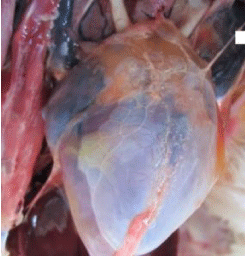
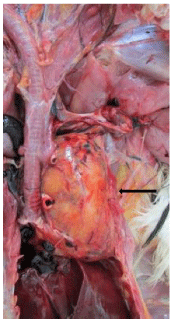
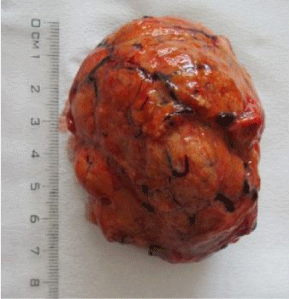
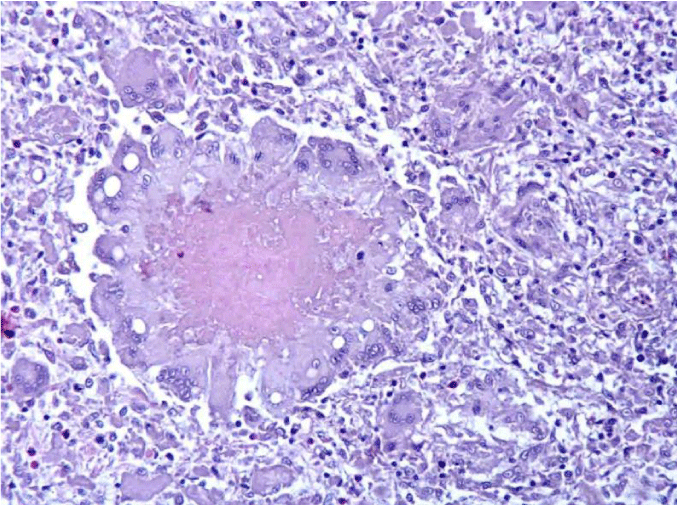
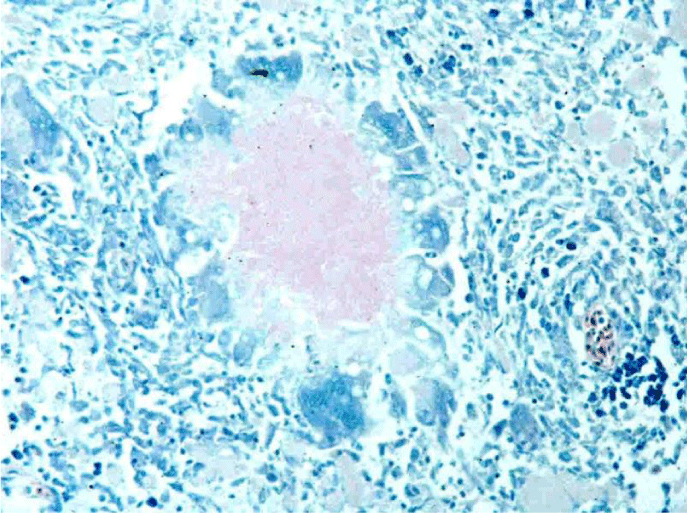
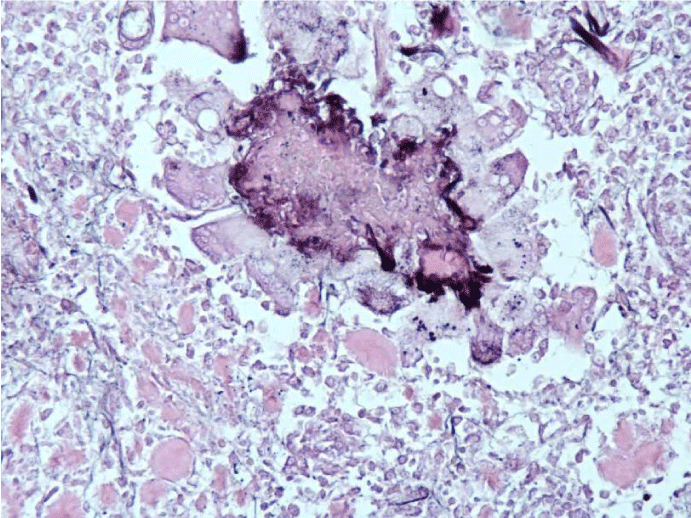

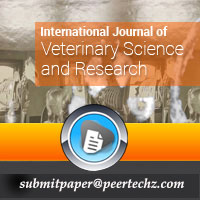
 Save to Mendeley
Save to Mendeley
